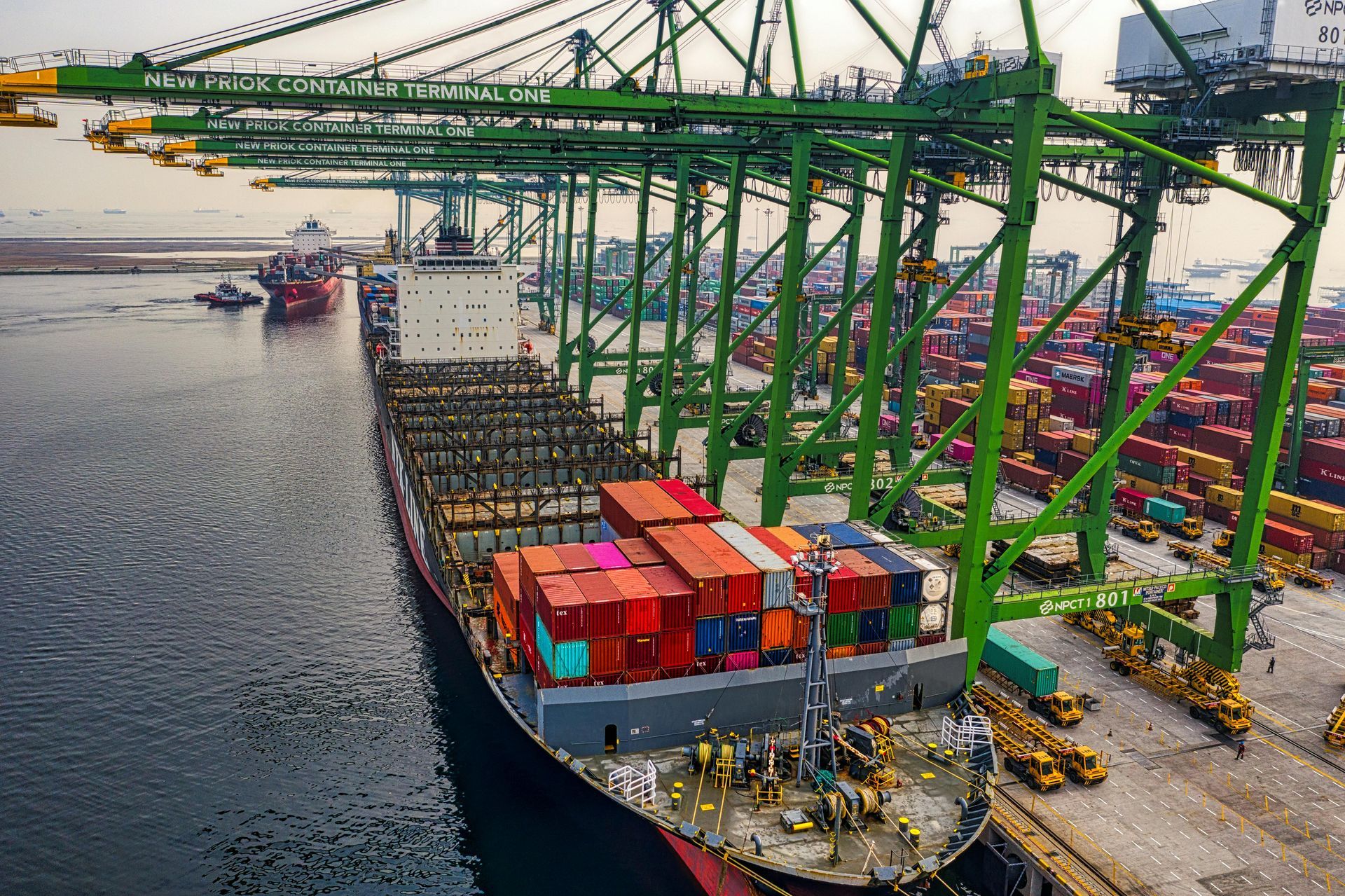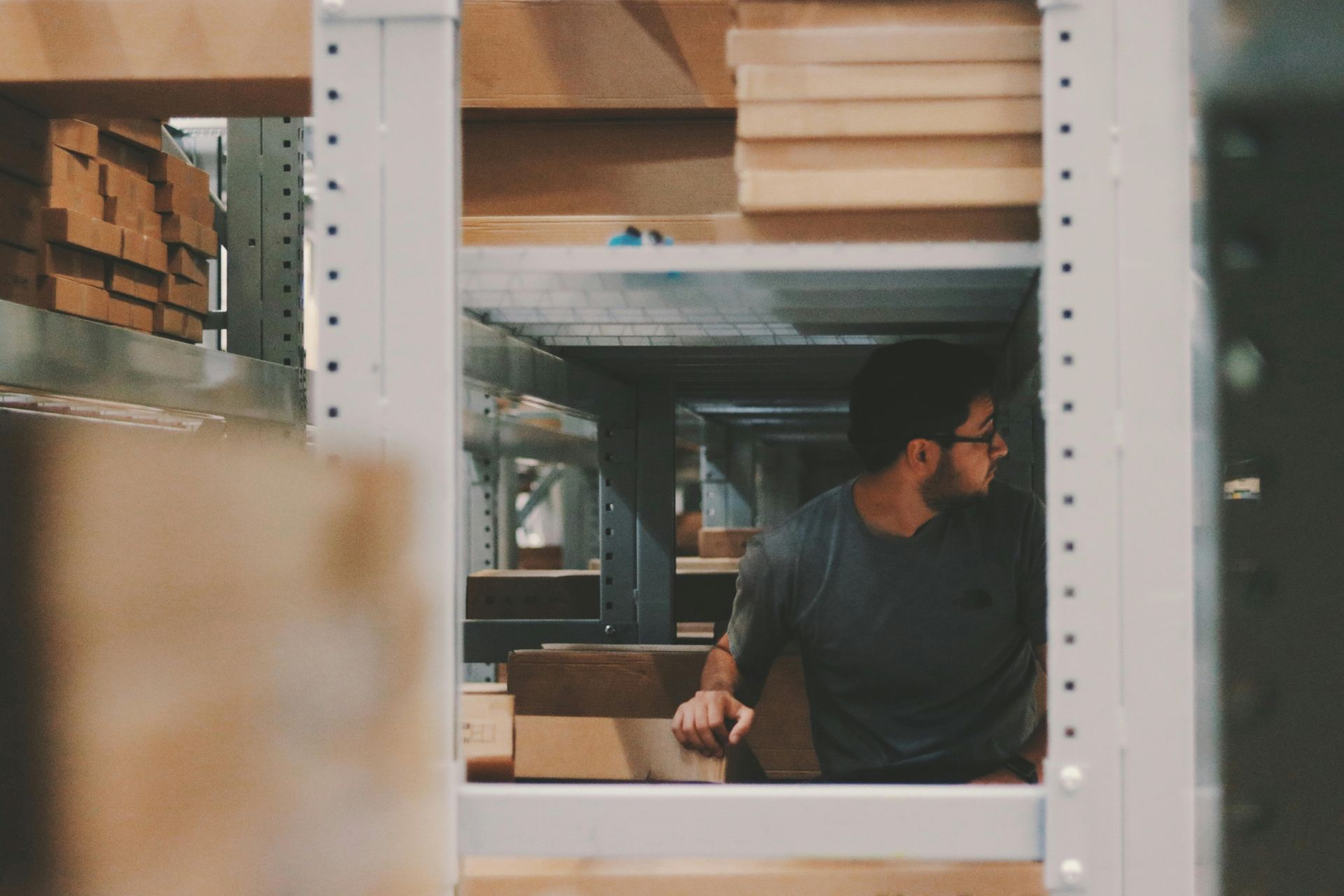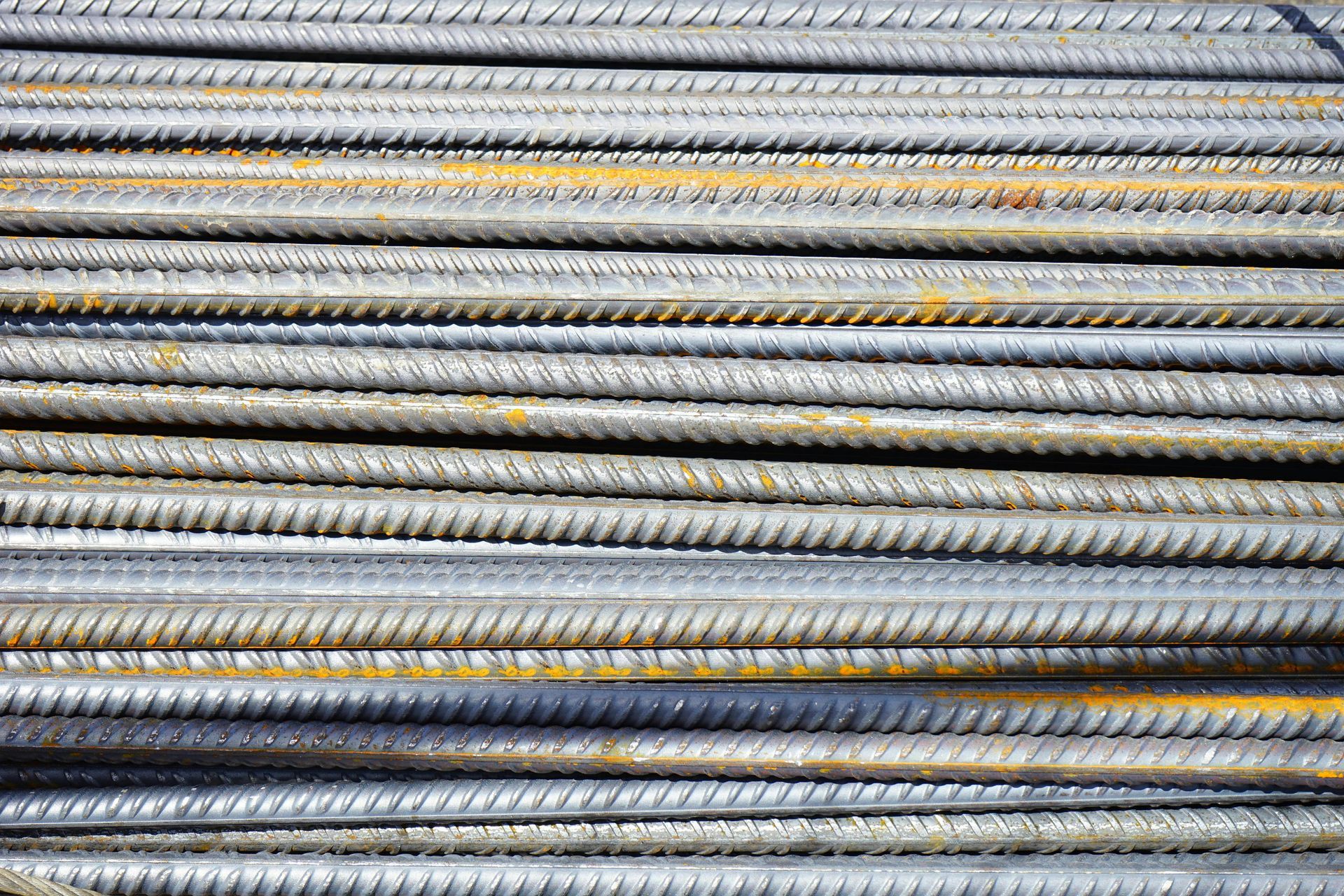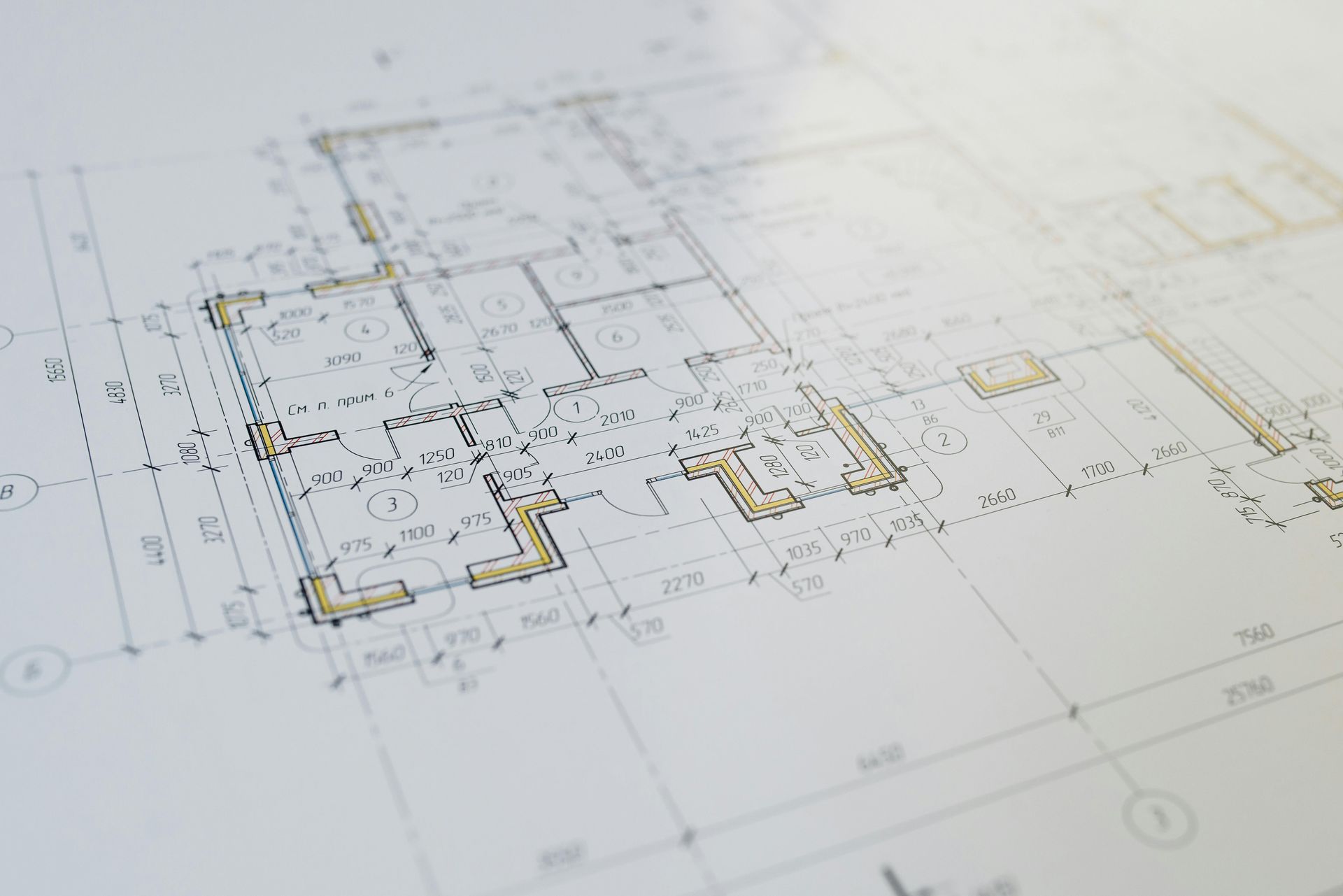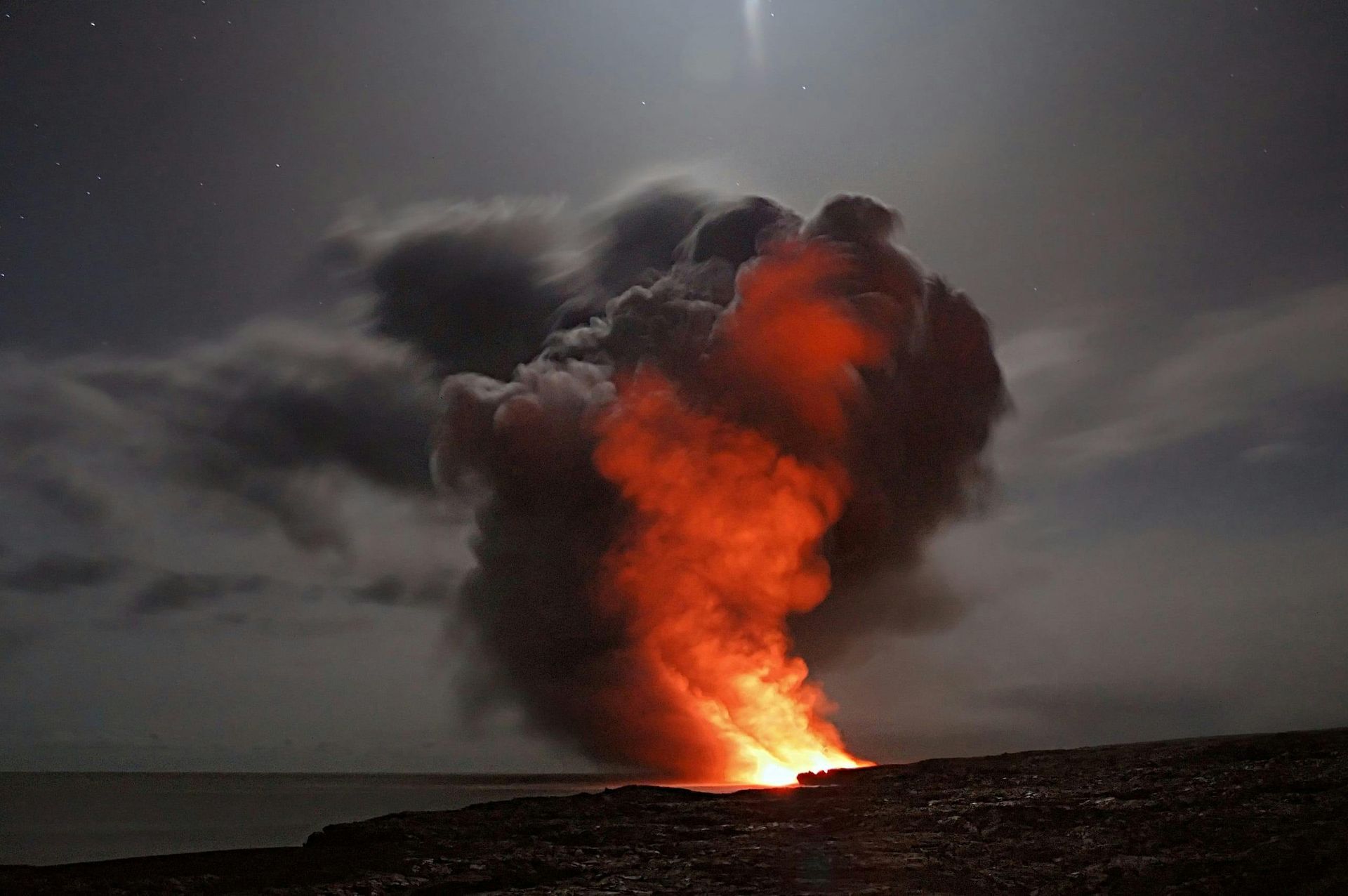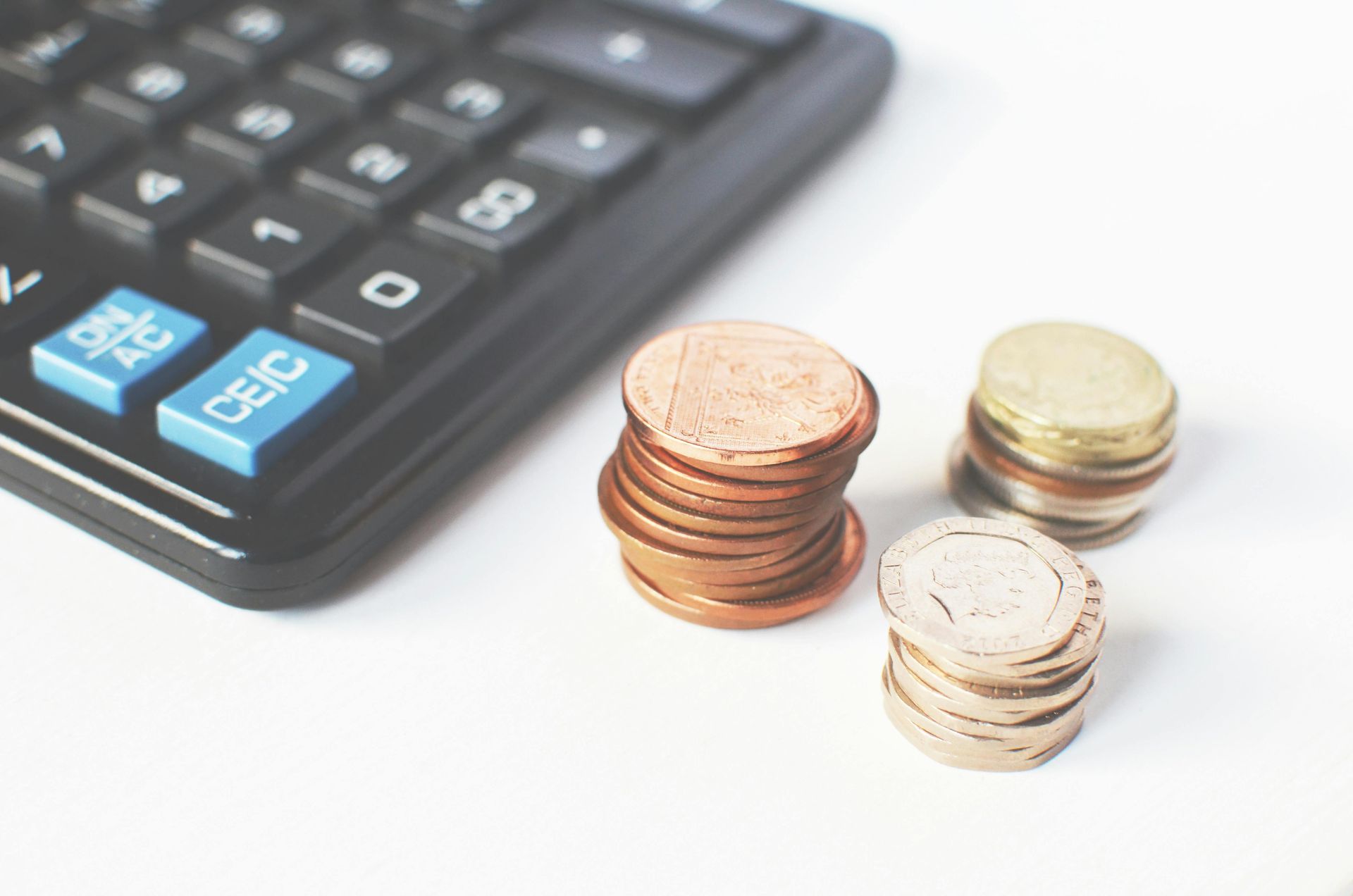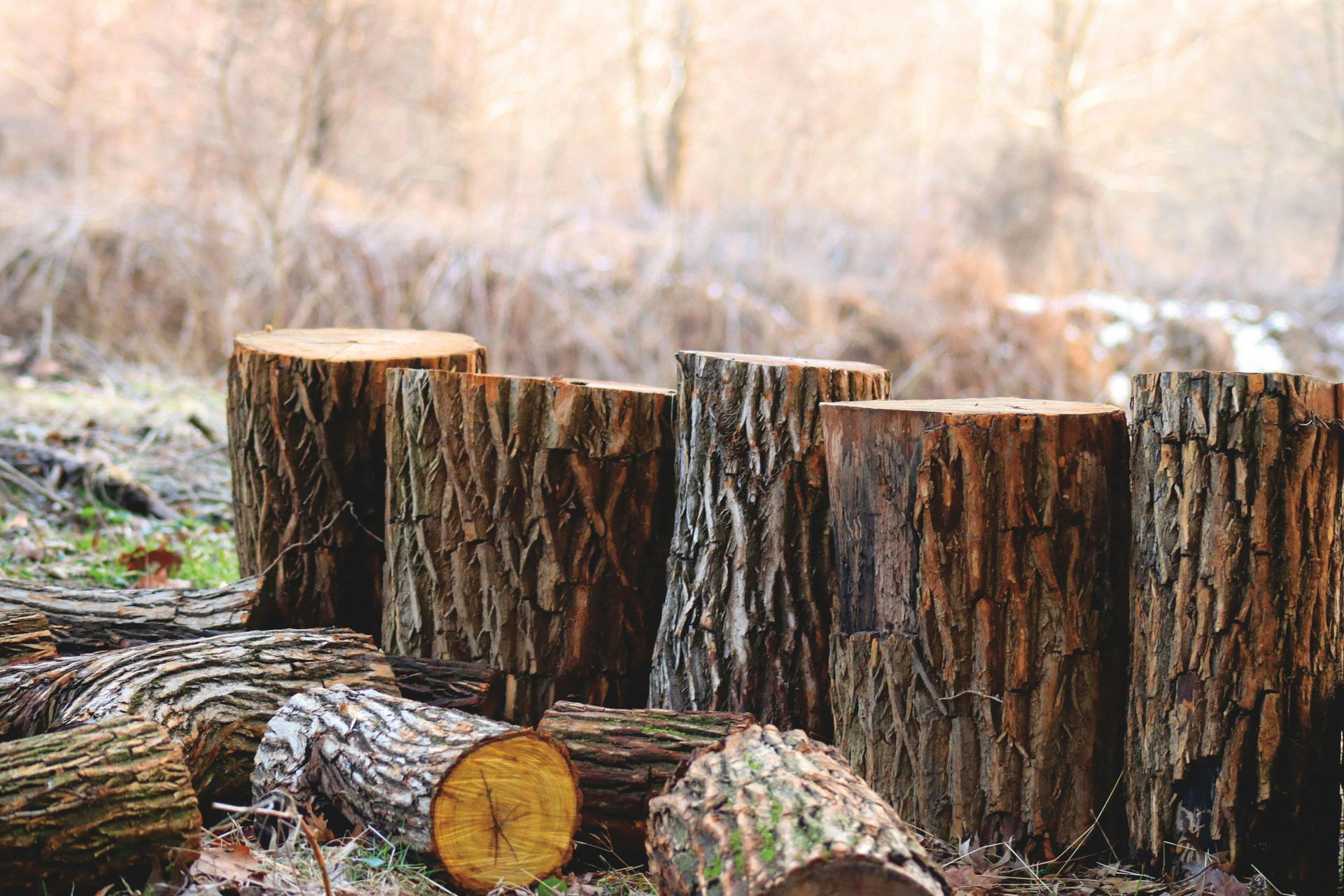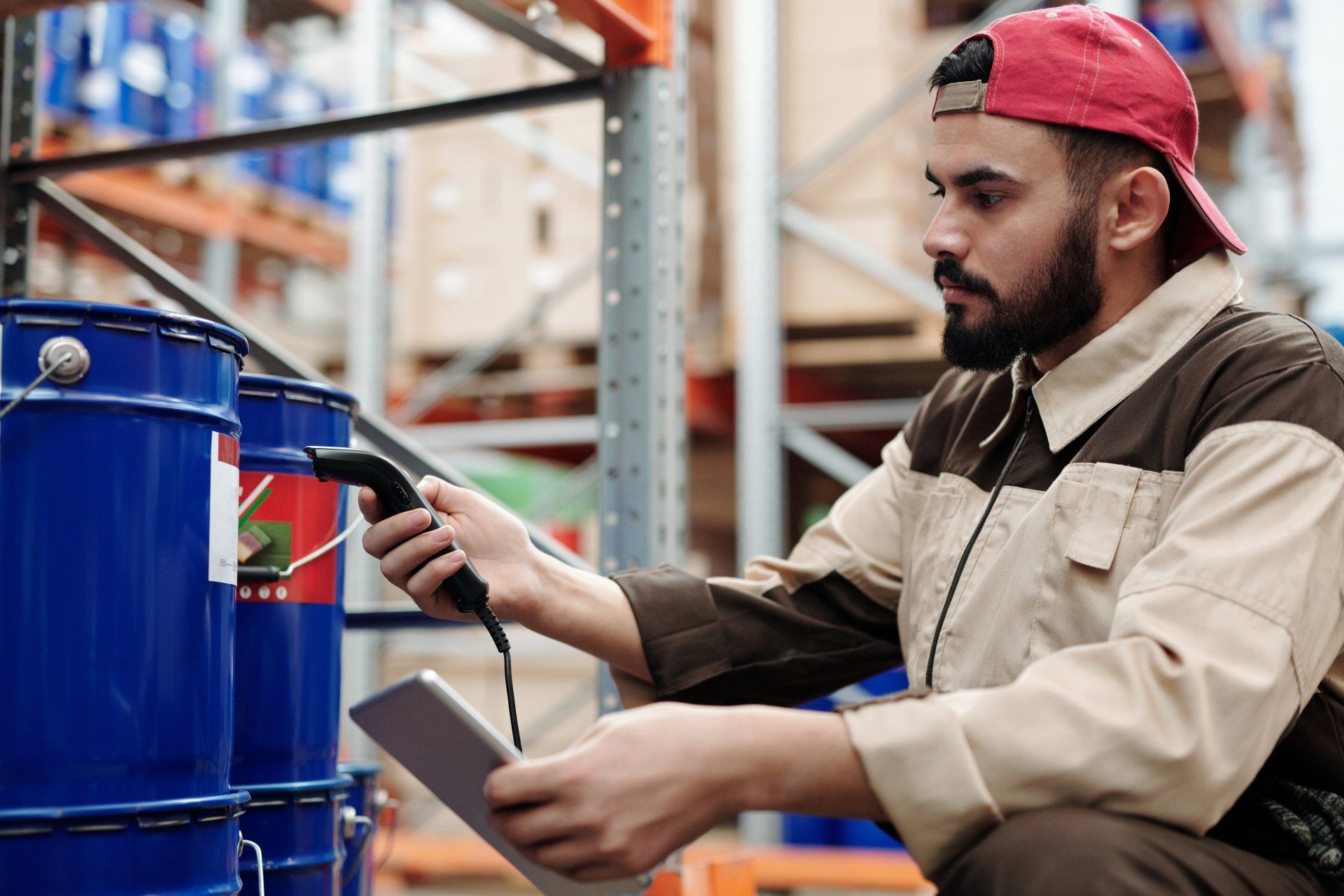Innovative Sustainable Solutions for MDU Construction: Creating a Greener Future
As urban centers continue to grow and the need for high-density housing rises, Multiple Dwelling Units (MDUs) are becoming a prominent feature in the housing market. With concerns about climate change and environmental impact on the rise, the construction industry is increasingly focused on incorporating sustainable solutions into MDU projects. Sustainable construction not only reduces the carbon footprint of these buildings but also creates healthier living environments for residents and helps developers meet regulatory requirements and consumer expectations. In this blog post, we will explore some innovative sustainable solutions that are helping shape the future of MDU construction.
The Importance of Sustainability in MDU Construction
Sustainability has moved from being a trend to becoming a necessity. As cities face the challenges of rapid urbanization, developers must prioritize sustainability to address environmental concerns, ensure resource efficiency, and reduce operational costs. The construction industry accounts for nearly 40% of global greenhouse gas emissions, making it imperative that MDUs are designed and built with sustainability in mind. Sustainable MDUs offer long-term cost savings, increased tenant satisfaction, and enhanced market value, ultimately contributing to a greener future.
But what does it take to make MDU construction truly sustainable? Let’s explore the various strategies and solutions that developers can implement to create eco-friendly, efficient, and high-quality MDUs.
Green Building Materials for Reduced Environmental Impact
The choice of building materials has a significant impact on the overall sustainability of MDUs. Developers can reduce the environmental footprint of their projects by incorporating materials that are durable, energy-efficient, and responsibly sourced.
- Cross-Laminated Timber (CLT): Cross-laminated timber is a sustainable alternative to steel and concrete. It is a renewable resource that offers the strength needed for multi-story buildings while storing carbon, rather than emitting it like traditional materials.
- Recycled Steel and Concrete: Using recycled steel and concrete can significantly reduce the carbon footprint of an MDU. These materials help minimize the environmental impact of extraction and production while providing the structural integrity required for high-rise buildings.
- Bamboo and Cork: These renewable materials are increasingly being used for flooring, cabinetry, and other interior elements. Bamboo and cork grow quickly, making them sustainable choices that add natural beauty to MDU interiors.
- Low-VOC and Non-Toxic Materials: Using materials that are free from volatile organic compounds (VOCs) and toxins helps improve indoor air quality, creating healthier living environments for residents. Low-VOC paints, adhesives, and sealants are ideal choices for ensuring that indoor air remains safe and healthy.
Energy Efficiency: Reducing Operational Costs and Emissions
Energy efficiency is at the core of sustainable MDU construction. Reducing energy consumption not only helps cut down on greenhouse gas emissions but also leads to lower operational costs for both developers and tenants.
- High-Performance Insulation: Proper insulation is essential for reducing energy consumption in MDUs. High-performance insulation materials, such as spray foam or mineral wool, help regulate indoor temperatures, reduce the need for heating and cooling, and improve overall energy efficiency.
- Triple-Glazed Windows: Windows are a major source of heat loss in buildings. Installing triple-glazed windows reduces heat transfer, keeps interiors more comfortable, and minimizes the need for energy-intensive heating and cooling systems.
- Energy-Efficient Lighting: LED lighting uses up to 80% less energy than traditional incandescent bulbs and has a much longer lifespan. Installing LED lights in both units and common areas reduces energy consumption while providing consistent and high-quality illumination.
- Solar Panels and Renewable Energy: Integrating solar panels into the design of MDUs is an effective way to harness renewable energy and offset electricity costs. In addition to solar panels, incorporating wind turbines or geothermal energy systems can further enhance energy resilience and sustainability.
- Smart Energy Management Systems: Smart meters, thermostats, and energy management systems allow property managers and tenants to monitor and optimize energy usage. By providing real-time insights into energy consumption, these systems help identify inefficiencies and promote energy-saving behavior.
Water Conservation: Preserving Resources in MDUs
Water conservation is an essential aspect of sustainable MDU construction, especially in urban areas where water scarcity is a growing concern. Incorporating efficient water management systems helps reduce water consumption, lower utility bills, and promote sustainability.
- Low-Flow Fixtures: Installing low-flow faucets, showerheads, and toilets can significantly reduce water usage without compromising functionality. These fixtures help conserve water, leading to cost savings and a reduced environmental impact.
- Greywater Recycling Systems: Greywater recycling systems capture wastewater from sinks, showers, and laundry and repurpose it for non-potable uses, such as irrigation and flushing toilets. This reduces the overall demand for potable water and promotes sustainable water management practices.
- Rainwater Harvesting: Rainwater harvesting systems collect and store rainwater for later use in irrigation and non-potable applications. These systems reduce the need for municipal water and help manage stormwater runoff, mitigating the risk of flooding.
- Efficient Irrigation Systems: For MDUs with landscaped areas, installing smart irrigation systems that use sensors to determine soil moisture levels can ensure that plants are watered only when necessary. This minimizes water waste and keeps green spaces healthy and vibrant.
Indoor Environmental Quality: Healthier Living Spaces
Indoor environmental quality (IEQ) is a crucial factor in sustainable MDU construction. Ensuring good IEQ not only enhances the comfort of residents but also contributes to their health and well-being.
- Proper Ventilation: Incorporating energy recovery ventilators (ERVs) or heat recovery ventilators (HRVs) ensures a consistent supply of fresh air while maintaining energy efficiency. These systems help expel stale indoor air and bring in fresh, filtered air, which is particularly important in high-density MDUs.
- Natural Light and Biophilic Design: Maximizing natural light reduces the need for artificial lighting and improves residents' mood and well-being. Incorporating biophilic design elements, such as indoor plants, green walls, and natural materials, creates a connection to nature that enhances the living environment.
- Acoustic Comfort: Sound insulation is important for promoting a comfortable living environment, especially in MDUs where noise from neighbors can be a concern. Using acoustic insulation and soundproofing measures helps create a quieter, more pleasant atmosphere for residents.
Sustainable Site Planning and Community Design
The sustainability of an MDU project begins with site planning and community design. Thoughtful planning can reduce the environmental impact of development and create more livable, connected communities.
- Proximity to Public Transportation: Developing MDUs near public transportation hubs encourages residents to use public transit rather than relying on personal vehicles. This reduces traffic congestion and decreases greenhouse gas emissions, making the community more sustainable.
- Walkable and Bike-Friendly Design: Designing MDUs with walkability and bikeability in mind encourages residents to adopt active transportation options. Including features such as bike storage, pedestrian pathways, and easy access to local amenities promotes a healthy and sustainable lifestyle.
- Green Spaces and Urban Gardens: Incorporating green spaces, rooftop gardens, and community gardens into MDU developments not only enhances biodiversity but also provides residents with opportunities for relaxation, recreation, and community engagement. These spaces help improve air quality, reduce the heat island effect, and foster a sense of community.
- Stormwater Management: Sustainable site planning should include stormwater management strategies, such as permeable pavements, rain gardens, and bioswales. These features help manage runoff, reduce the risk of flooding, and enhance the visual appeal of the property.
Renewable Energy and Microgrid Integration
Integrating renewable energy solutions into MDU construction helps reduce reliance on fossil fuels and ensures a stable energy supply during disruptions.
- Solar Energy and Battery Storage: Solar panels, combined with battery storage, can provide MDUs with a reliable and renewable energy source. Battery storage ensures that excess energy generated during the day can be used during peak hours or power outages, reducing dependence on the grid.
- Microgrid Technology: Microgrids allow MDUs to generate, store, and manage their own electricity. By integrating renewable energy sources, such as solar and wind, microgrids provide resilience against power outages and contribute to a sustainable energy future.
- Electric Vehicle Charging Stations: As electric vehicles (EVs) become more popular, installing EV charging stations in MDUs is a sustainable and forward-thinking amenity. When paired with renewable energy sources, these charging stations offer residents a convenient and eco-friendly transportation solution.
Leveraging Technology for Sustainable Operations
Technology is a key enabler of sustainability in MDU construction and operation. Smart building technologies help monitor and manage resource consumption, optimize efficiency, and enhance the living experience for residents.
- Building Management Systems (BMS): A BMS allows property managers to monitor and control various building systems, such as HVAC, lighting, and security, from a central platform. This ensures that energy and water resources are used efficiently and that potential issues are detected early.
- Smart Sensors and IoT Devices: Installing sensors throughout the building helps monitor temperature, humidity, occupancy, and energy consumption in real time. This data allows property managers to optimize building performance, reduce waste, and create a comfortable living environment.
- Predictive Maintenance: IoT-enabled predictive maintenance systems help identify issues before they become major problems. By monitoring equipment performance and detecting anomalies, these systems allow for timely maintenance, reducing downtime and extending the lifespan of building systems.
Building a Sustainable Future for MDUs
Sustainable MDU construction is about more than just reducing environmental impact—it’s about creating healthier, more comfortable living spaces, reducing operational costs, and contributing to a greener future. By incorporating green building materials, focusing on energy and water efficiency, enhancing indoor environmental quality, and leveraging technology, developers can create MDUs that are both environmentally responsible and desirable to tenants.
The demand for sustainable housing is only expected to grow as cities continue to expand and environmental awareness increases. By adopting these innovative sustainable solutions, developers can ensure that their MDUs are not only viable today but are also prepared to meet the challenges of tomorrow. In doing so, the construction industry can play a pivotal role in shaping a greener, more sustainable urban landscape for future generations.
